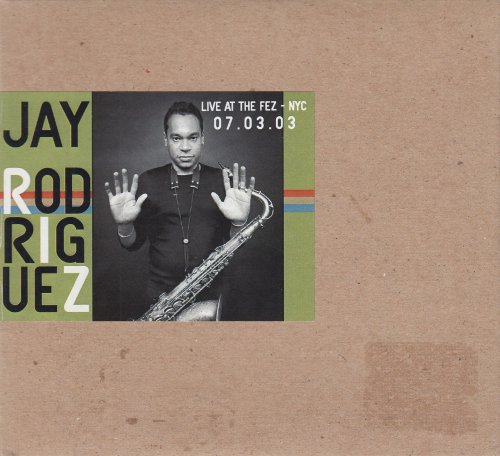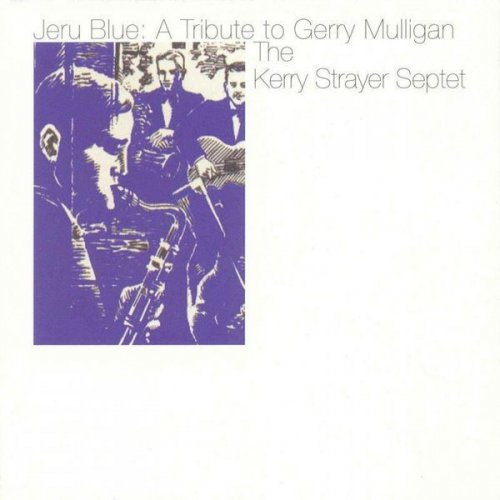Nicola Matteis - Most Ravishing Things: Theatrum Affectuum (2015)

Artist: Nicola Matteis
Title: Most Ravishing Things: Theatrum Affectuum
Year Of Release: 2015
Label: Aeolus
Genre: Classical
Quality: FLAC
Total Time: 73:23
Total Size: 385 MB
WebSite: Album Preview
Tracklist:Title: Most Ravishing Things: Theatrum Affectuum
Year Of Release: 2015
Label: Aeolus
Genre: Classical
Quality: FLAC
Total Time: 73:23
Total Size: 385 MB
WebSite: Album Preview
Ayres in Gamut proper
01. I. Preludio - Prelude. Presto (Book III, London 1685, p.1)
02. II. Adagio (Book III, p.2)
03. III. Per far la mano - Quick passages to make a hand. Presto (Book III, p.2)
04. IV. Sarabanda facile (Book III, p.4)
05. V. Fuga - A Fuga. Prestissimo (Book III, p.6)
06. VI. Ayre for a Guitarre either with a Base or without
(FC. False Consonances of Musick, London 1682, p.4)
07. VII. Adagio (Book III, p.8)
08. VIII. Burlesca - Mocking Tune. Allegro (Book III, p.10)
Ayres in B mi proper
09. I. Preludio - A Prelude. Adagio (Book III, p.86)
10. II. Fuga. Prestissimo (Book III, p.88)
11. III. Aria - Another Ayre. Prestissimo (Book III, p.90)
Ayres in D la sol re proper-sharp
12. I. Preludio - Prelude after the Italian manner. Adagio (Book III, p.18)
13. II. Preludietto. Brisk (Book III, p.26)
14. III. Fuga - A quick Fuga. Prestissimo (Book III, p.28)
15. IV. Arioso - A slow thing with double stops (Book III, p.30)
16. V. Sarabanda. Adagio (Book IV, London 1687, p.90)
17. VI. Aria o pur Rondeau. Prestissimo (Book IV, p.92)
Ayres in F fa ut proper
18. I. Un poco di Grave tra la Maniera Italiana e la Francese (Book IV, p.82)
19. II. Fuga. Prestissimo (Book III, p.88)
20. III. Ground after the Scotch Humour -
A Pretty hard ground after the Scotch Humour to make a hand. Allegro (Book IV, p.60)
Francesco BARSANTI
21. IV. Thro’ the Wood Laddie (Old Scots Tunes, Edinburgh, 1742, p.12)
22. V. Aria for the Flute - Ayre. Presto (Book IV, p.64)
23. VI. Sarabanda - Saraband. Adagio (Book III, p.14)
24. VII. Gavotta con divisioni - Gavotta with variations (Book III, p.16)
Ayres in D la sol re proper
Francesco BARSANTI
25. I. Clout the Caldron (Old Scots Tunes, Edinburgh, 1742, p.12)
26. II. Preludio in D la sol re - A Prelude. Presto (Book IV, p.66)
27. III. Fuga in fantasia - Fuga in Fancy. Presto (Book IV, p.68)
28. IV. A quick motion with a Running Bass. Prestissimo (Book III, p.20)
29. V. Ground in D la sol re per far la mano -
A Ground with several divisions. Allegro (Book IV, p.72)
Ayres in C fa ut proper
30. I. Sonata - A Sonata. Adagio, Adagio (Book IV, p.22)
31. II. Fuga - Fuga with first and second treble altogeather (Book IV, p.24)
32. III. Corrente alla maniera Francese -
Courant after the French manner (Book III, p.56)
33. IV. Aria - A slow Ayre. Adagio, Presto (Book III, p.58)
34. V. Fuga - Another Fuga. Presto (Book IV, p.28)
35. VI. Aria con la sua divisione - Ayre with a division (Book IV, p.34)
36. VII. Gigg - Jigg. Prestissimo (Book III, p.60)
Ayres in E la mi proper-sharp
37. I. Passaggio a solo - A single passage (Book IV, p.42)
38. II. Preludio a due corde - Prelude with double stops. Adagio (Book IV, p.50)
39. III. Aria Amorosa - Ayre. Adagio (Book IV, p.58)
40. IV. Allegro - A brisk thing. Prestissimo (Book IV, p.52)
41. V. Ground, Bizzarie Sopra un Basso Malinconico -
A pretty hard ground. Adagio (Book IV, p.54)
An Italian in 17th-century London: For London's musical life, which was informed by the middle classes, Matteis wrote diverse works incorporating influences from Italy, France, and England. The ensemble “Theatrum affectuum” presents the largely short pieces from Matteis's “Books of Ayres” as a sparkling, multifaceted cosmos: virtuoso and intimate, bawdy and elegant, intellectual and down-to-earth, rip-snorting and mellifluous...
Theatrum affectuum has chosen the later versions of the pieces with a second upper voice, performing them with violin and recorder; the continuo group consists of cello, lute, and harpsichord or organ.
Theatrum affectuum has performed together since 2003 in Europe and Japan. The ensemble has a very international makeup, with musicians from Germany, Japan, France, and Italy. Usually led by recorder and violin, the ensmble has dedicated itself to the instrumental music of the 17th and 18th centuries, with major roles being played by the knowledge of Baroque forms of expression and by improvisation.
Theatrum affectuum has chosen the later versions of the pieces with a second upper voice, performing them with violin and recorder; the continuo group consists of cello, lute, and harpsichord or organ.
Theatrum affectuum has performed together since 2003 in Europe and Japan. The ensemble has a very international makeup, with musicians from Germany, Japan, France, and Italy. Usually led by recorder and violin, the ensmble has dedicated itself to the instrumental music of the 17th and 18th centuries, with major roles being played by the knowledge of Baroque forms of expression and by improvisation.
or
or
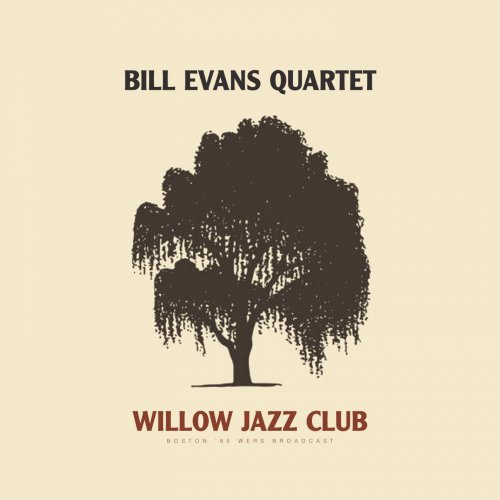
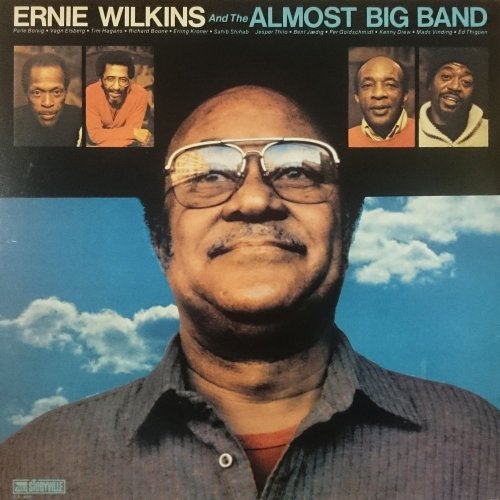
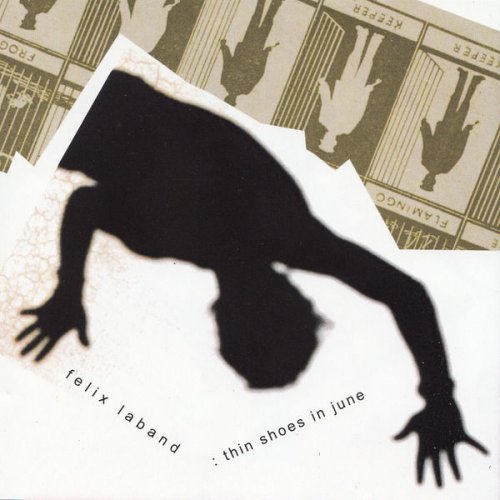
![Sointi Jazz Orchestra - Jäähyväiset (2024) [Hi-Res] Sointi Jazz Orchestra - Jäähyväiset (2024) [Hi-Res]](https://www.dibpic.com/uploads/posts/2024-10/1728109646_folder.jpg)
![Plantfood - Carnivores (2024) [Hi-Res] Plantfood - Carnivores (2024) [Hi-Res]](https://www.dibpic.com/uploads/posts/2024-10/1728113407_crfzryeaxotwb_600.jpg)
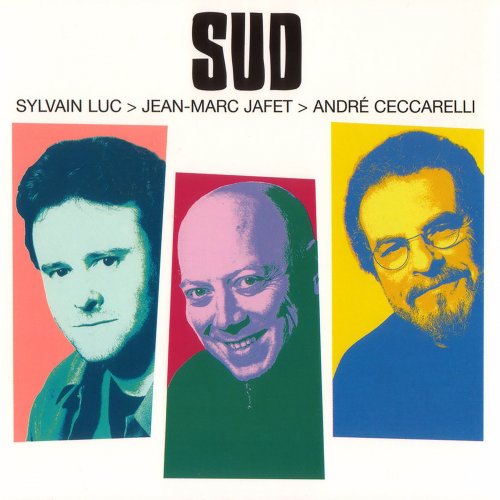
![Lex French - In the World's First Summer (2024) [Hi-Res] Lex French - In the World's First Summer (2024) [Hi-Res]](https://www.dibpic.com/uploads/posts/2024-10/1728111510_tw46sax7dnftb_600.jpg)
